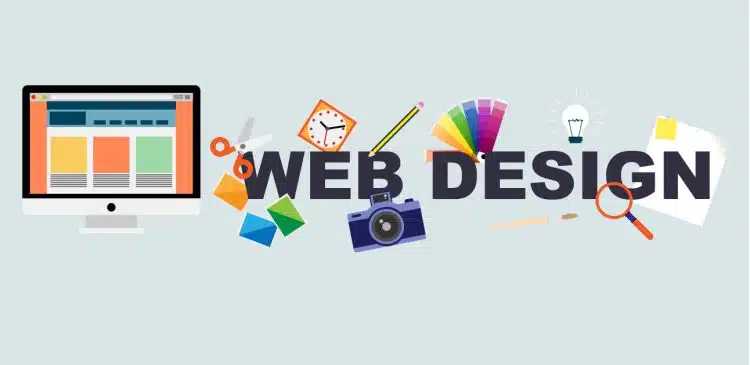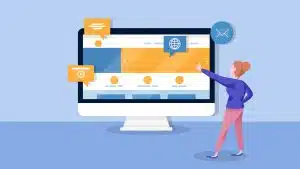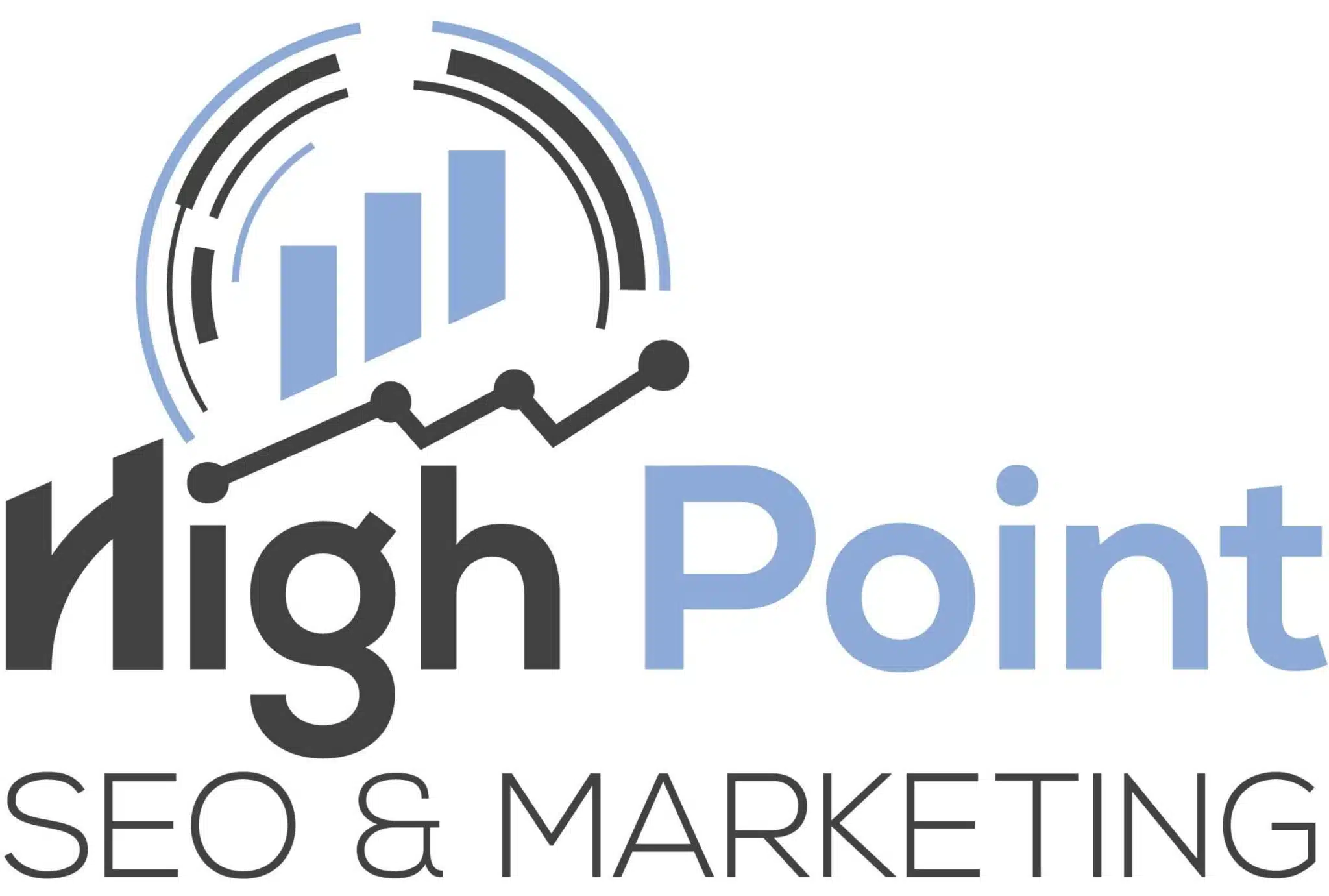How Web Design Impacts Content Marketing

In the current world, the significance of developing the best website design cannot be ignored. Your website is the first point of contact between you and your potential customers and, in most cases, the only interaction that some will have with your business. Web design isn’t all about making your site aesthetically pleasing; it also builds trust, increases functionality, and benefits your content marketing sales.
Below are some particular examples of how web design affects content marketing:
Easy Navigation
Web usability refers to the ease with which users can find what they are looking for on your website – and, just as with typography, you need to get this right. Your site visitors must be able to quickly locate the items they want without having to search the entire site.
This includes elements like:
- Efficient use of space, with a non-complicated menu
- Proper retrieval categories
- Correct headings and subheadings
- Basic search bar features
- Similar navigation menus on all pages

If the space division of home page navigation is confusing, looks like a mess, or is just difficult to figure out, the people visiting your website will not waste time and will not check out the rest. Navigation assistance enables readers to get to your content, which is helpful to your general content marketing objectives.
Increased Time Onsite
A positive, attractive, and ergonomic website layout is productive in and of itself in extending the time visitors spend on the website. Not only is a beautiful site more fun to peruse, but when the site runs well, there are fewer bounce visits, less frustration, and more of a chance that readers will glance at one more blog post or resource.
Such simple yet effective measurements such as time onsite and pages per visit can influence your comprehensive content marketing outcomes. Visitors spend more time on your site, which allows them to read most of your content and gives them a higher likelihood of shifting from being a potential customer to an actual customer.
Visual Engagement
The graphical web layout gives the users another aspect and dimension of stickiness besides your content.
Clever use of visual elements like:
- Photos
- Graphics
- Infographics
- Video

These transform any boring site into an experience that is more in-depth and attention-holding than most printed content can ever be.
It also means you have more content marketing opportunities when you leverage this dynamic visual content. Visuals can also be individual marketing tools that make it easier for visitors to read through long pages of texts.
Voice and Tone Consistency
The design and aura of your site, or the text, color, and other related features regarding your site should complement the voice and personality of the content marketing that it supports. For instance, the magazine-like approach of the web design brings different expectations than a law firm’s polished, business-like website.
Ensuring that your website’s design perfectly fits your brand offerings and the content delivery tone you wish to portray will ensure that your online presence appears logical and harmonized to readers. Maintaining voice and tone throughout the webpages should be visually reinforced; this helps with content discoverability and sharing because the message does not change.
Nurture Sign-Ups
Finally, good web design can contribute directly to expanding your email list and followers on various platforms. Calls to action, lead generation offers, and opt-in incentives must be intentionally integrated into site layouts and back up visually.
For instance, site-side-sign up offers for emails in standard cogs, such as sidebars or above the web headers, remove the need for readers to search for other protocols where they can engage with you in other ways. When used in conjunction with CTA buttons and links, the visual elements push the buttons ever further and conceptualize the followership for your site as well as the content marketing initiative.
Conclusion
Your website and content are intertwined in a manner that your goal is to nurture, engage, and convert readers. Having a well-planned, attractive, responsive,e and professional-looking website serves as a good background for your content. Focusing on the main marketing web design and content marketing intersections will create the ultimate approach for both online marketing assets to meet your digital marketing objectives.

 Bill Yeager, Co-Owner of High Point SEO & Marketing in CT
Bill Yeager, Co-Owner of High Point SEO & Marketing in CT